Demand in the Energy Sector
Electricity demand is driven by technology, policy, and consumer preferences, with key impacts from electrification, industrial needs, residential use, and commercial activities.
What Drives Demand in the Energy Sector?
Electricity demand significantly influences the dynamics of the energy sector, with various consumers exhibiting unique needs and consumption patterns. Three primary factors drive electricity demand: technology, policy, and consumer preferences.
Advancements in technology allow for greater efficiency and capabilities, often supported by government policies and commercial frameworks that help achieve scalability. For example, tax incentives can encourage the development of new technologies, which must eventually compete without subsidies to make a significant impact on global markets. Additionally, consumer preferences can drive demand for new technologies by creating a “pull effect” in the marketplace.
Government policies play a crucial role in stimulating technology adoption and shaping consumer behavior. Policies can promote the use of innovative technologies, such as offering free parking for electric vehicles, or discourage reliance on outdated technologies, like implementing restrictions on coal-based power generation. Conversely, policies that are not supported by competitive technologies or aligned with consumer preferences can be challenging to enforce, as consumers tend to reject inferior options.
Consumer preferences are the starting point for electricity and product demand. These preferences evolve as new technologies offer better options, such as reduced costs and lower emissions. Over time, policies can also influence consumer choices, for instance, through carbon taxes that encourage the use of lower-emission electricity supplies.
Electrification
The electrification trend, characterized by the transition from fossil fuel-based systems to electric-powered alternatives, significantly impacts electricity demand. This trend includes the adoption of electric vehicles (EVs), electric heating systems, and industrial electrification, which collectively drive up the demand for electricity. As sectors such as transportation, heating, and manufacturing shift towards electric solutions, the overall consumption of electricity increases. This increased demand necessitates investments in grid infrastructure, renewable energy sources, and energy storage solutions to ensure a reliable and sustainable electricity supply. Consequently, electrification not only boosts electricity demand but also accelerates the adoption of clean energy technologies, aligning with global sustainability goals.
Industrial Demand
The industrial sector stands as one of the largest consumers of electricity, characterized by high-volume and continuous consumption. Industries rely heavily on electricity for manufacturing, processing, and production activities, with specific requirements for reliability and quality. Electricity in industrial settings powers machinery, lighting, and control systems, crucial for driving advanced manufacturing processes and automation.
Energy efficiency is paramount in industry to reduce operational costs and enhance sustainability. Techniques such as combined heat and power (CHP) systems, waste heat recovery, and advanced control systems optimize electricity usage. Industrial entities often engage in power trading through platforms like Etpa, enabling them to manage electricity procurement dynamically. This approach allows industries to secure electricity when prices are favorable and sell excess power during peak times, optimizing operational efficiency and cost management.
Residential Demand
Residential electricity demand refers to the consumption of electricity by households for various purposes such as lighting, heating, cooling, cooking, and powering appliances. It varies based on factors such as climate, household size, and income levels. Key areas of residential electricity consumption include heating and cooling, lighting, appliances, and water heating.
Efforts to improve energy efficiency in homes are promoted through building codes, energy-efficient home designs, and smart home technologies. Residential consumers typically acquire electricity through utility companies, which procure it from producers and distribute it to households.
Commercial Demand
The commercial sector includes businesses, offices, and service providers that consume or resell electricity for various operational needs. This sector's electricity demand is diverse, with consumption patterns depending on the type of business and operational hours. Business/office related electricity consumption includes lighting, heating, ventilation, and air conditioning (HVAC), office equipment, and refrigeration. LED lighting and smart lighting controls help reduce electricity use, while efficient HVAC systems and energy management systems (EMS) help optimize consumption. Energy-efficient computers, servers, and other electronic devices are essential in office environments, and energy-efficient refrigeration units are crucial for food service and retail sectors. Energy management in the commercial sector often involves building automation systems (BAS), which integrate various building systems to optimize performance and electricity use.

Conclusion
Understanding the nuances of electricity demand across different sectors is essential for optimizing electricity distribution and meeting consumption needs effectively. Each sector—industrial, residential, and commercial—has distinct characteristics and access methods, shaping the overall dynamics of the electricity market. By recognizing these differences, stakeholders can better manage electricity supply and demand, ensuring a stable and efficient electricity sector.
Glossary
- Industrial Electricity Demand: Electricity consumption by manufacturing and production industries, characterized by high volume and continuous use.
- Residential Electricity Demand: Electricity consumption by households, including electricity for lighting, heating, cooling, and appliances.
- Commercial Electricity Demand: Electricity consumption by businesses, offices, service providers, and proprietary trading firms, varying by business type and operational hours.
- Intermediaries: Utility companies or other entities that purchase electricity from producers and distribute it to end consumers.
- Power Trading: The act of buying and selling electricity on platforms like Etpa to balance consumption needs and manage costs.
.png?width=200&height=80&name=etpa-logo-color%20(1).png)
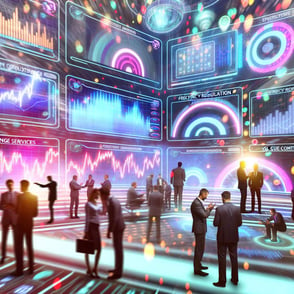

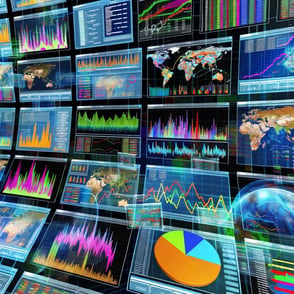



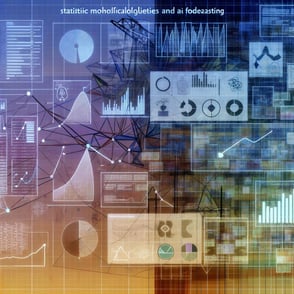







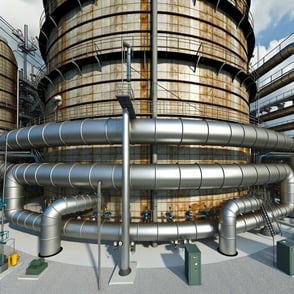




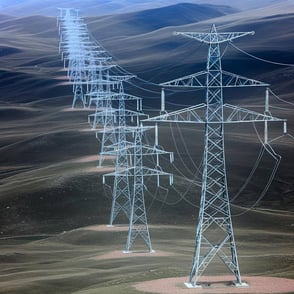











.png)
.png)
-1.png?width=250&height=100&name=etpa-logo-color%20(1)-1.png)